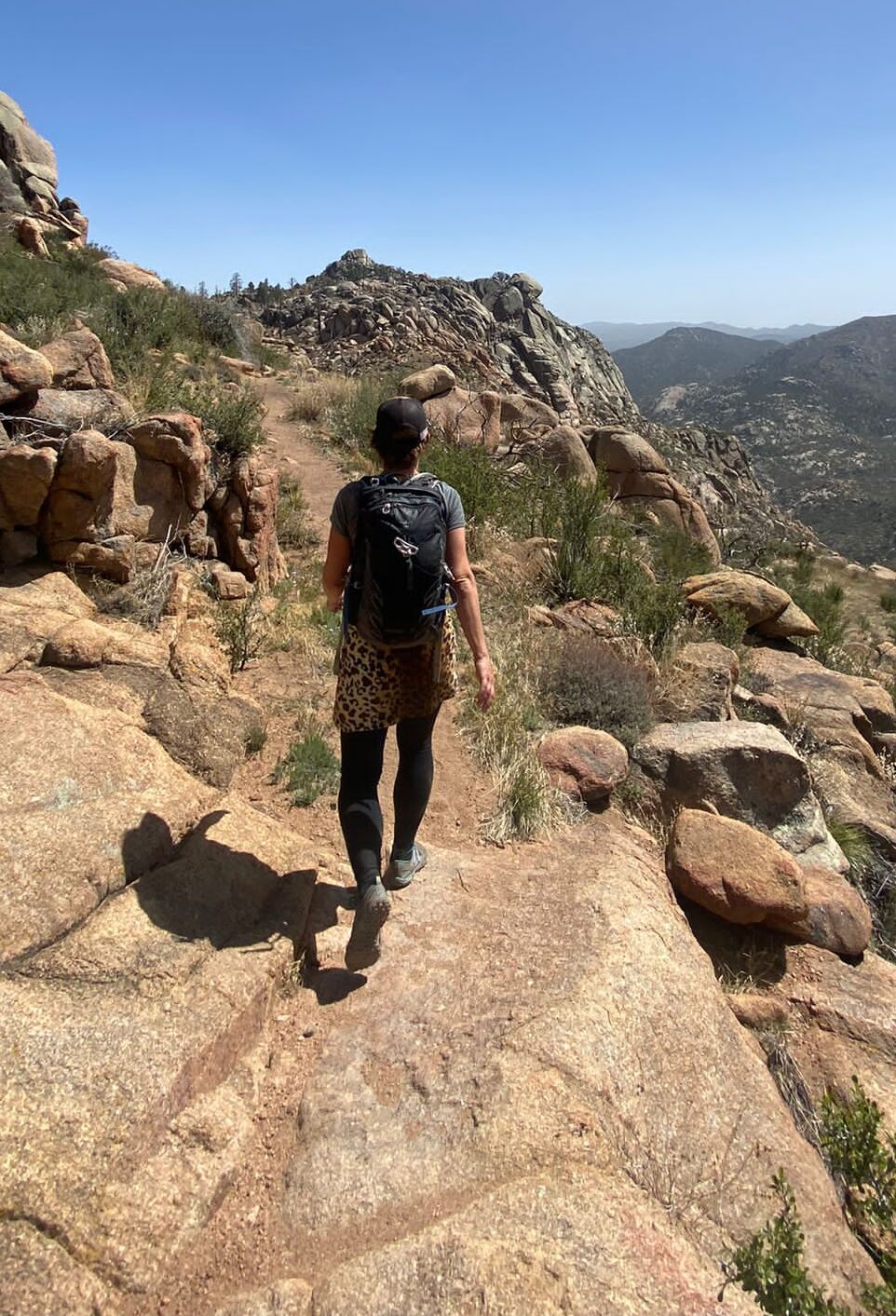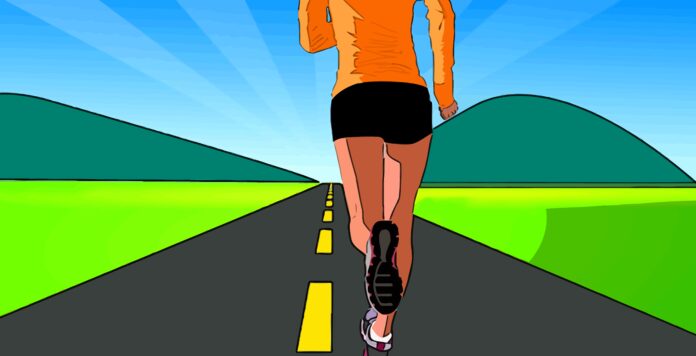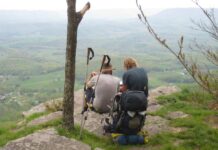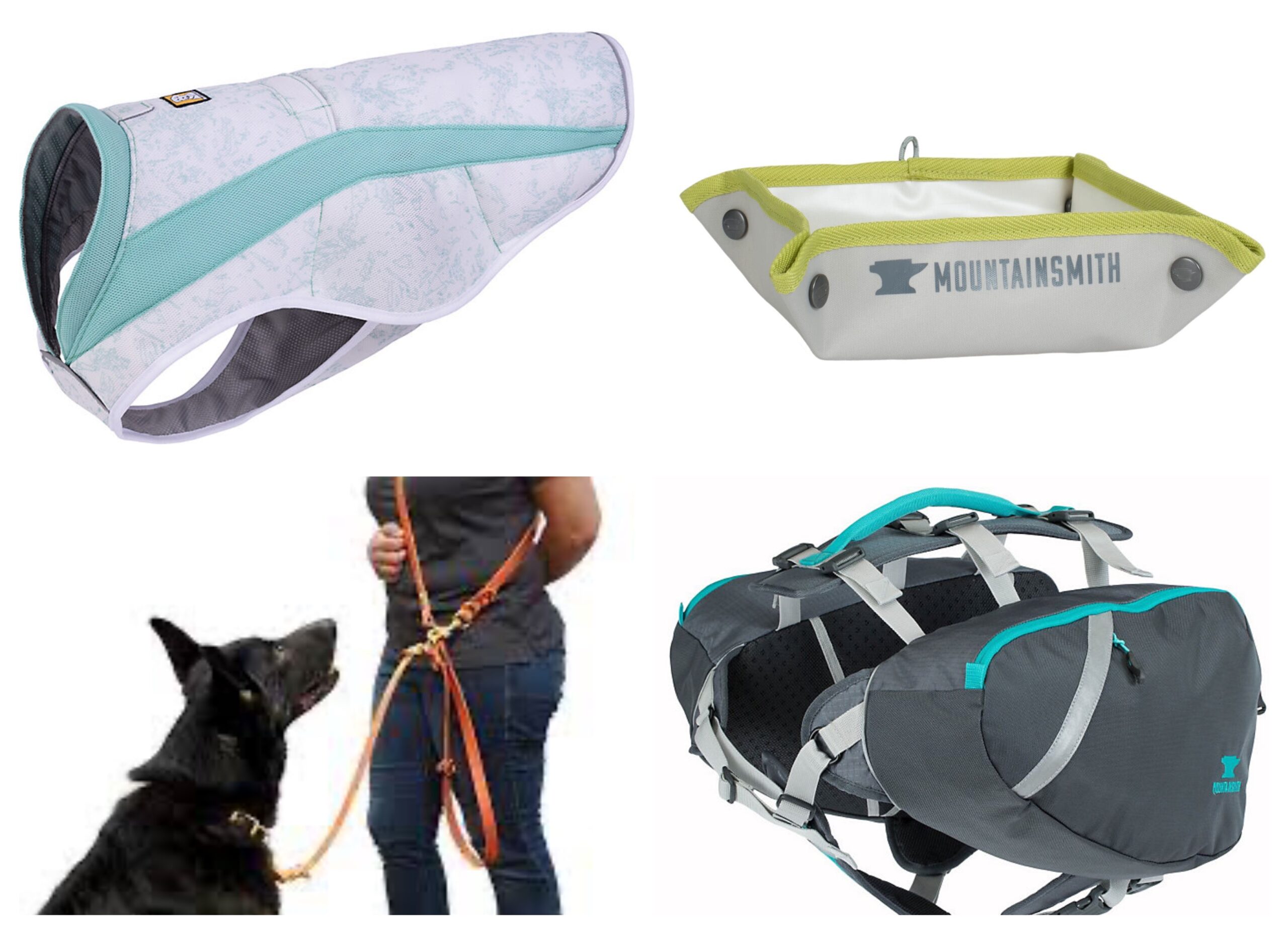Written by: Amanda Lanker
About seven years ago, one of my personality-disordered boyfriends abruptly dumped me and moved out of my flat. I called in sick to work to spend the morning moping, and the afternoon drinking with a buddy at my neighborhood bar in San Francisco’s Mission District. This segued into a pathetic solo bourbon session in the evening, which was interrupted by a phone call from my buddy’s wife expressing her condolences and inviting me to run early the next morning. For reasons unclear to me now, I accepted, and dragged my hungover ass to meet her, pretending to be like a runner at 6:20 AM.
I wasn’t even a runner, but releasing angst by plodding along the concrete felt better than spiraling into my typical self-medicating post-breakup depression. So I started running regularly with this woman. She talked me into signing up for a half marathon; I acquiesced on the condition that it be trail. Over four months of training together three times weekly, this acquaintance became a dear friend, and I became a reasonably capable runner.
Moving to the Southwest
I left San Francisco a year later, first for the Lost Sierra, and then to wander the Southwest in my truck. My friend and I remained in contact and missed each other, so I proposed that she visit Arizona for a half marathon on the unforgiving Black Canyon Trail. She accepted, and I began running again.

Unfortunately, my training went poorly. Despite decent overall fitness, my mile pace was two minutes slower than my first ever off the couch run. My pace didn’t improve even after four months of a training program that’s previously been very effective for me. But why? Long haul covid? O-L-D syndrome? Impatience? Being an American woman who came of age during the waif model era, I decided it must be because I am not thin enough.
But You Don’t Look Like a Runner
It’s humiliating to admit how badly I’ve wanted long, lean legs instead of the pudgy little stumps I’ve been cursed with. I used to just hate how they were too big to fit into pants. I’d complain about how fat and ugly I felt, and my mother would remind me I’m “lucky to have two legs that reach the ground.” And yes, I am grateful I can walk. But as I became more active outdoors, it became clear that my body type wasn’t just undesirable by conventional standards of attractiveness; it was also far from ideal for athletic pursuits.
And other people weren’t shy about letting me know this. As a bike messenger, I was teased for having a “sprinter’s body,” which is a road cyclist code term for fat. I took a skinny girl on a bike ride, and she expressed fear that if she rides too much her legs will look like mine. Another woman commented that she’s surprised I still have fat thighs with as active as I am. Countless people have tried to encourage me with statements along the lines of, “keep at it and it will melt off.” But it doesn’t. Even when I finished the Arizona Trail and was an otherwise bony 104 pounds, my body chose to consume muscle rather than shed the thunder thighs.
Catching my Stride While Racing
All this weighed heavily as I shuffled up Cochise Stronghold Trail, unsuccessfully fighting tears, full of doubt and self-loathing and shame for being a silly shallow girl who hates her body. Why couldn’t I be better, stronger, in all the ways?

After imposing upon myself more suffering than just the running, I reached the top, where a couple in their 70s was enjoying the view. They were concerned about me descending without poles; I told them not to worry as I was on the world’s slowest run. This man and woman told me they were on the world’s slowest hike and that they’d been talking about how impressed they were that I was running the trail at all. The man informed me that we’d gained a thousand feet since leaving the parking lot three miles back, and that it was the last time he’d be able to make it up there.
Defining Sense of Worth as a Runner
Apparently I looked alarmed, as he went on to explain that it wasn’t dire, but he had a pacemaker and two fake knees. They told me about his surgeries, skiing in Montana last year, and their upcoming hiking adventures. This couple expressed gratitude that they were up there at all. They told me to be careful and I ran back to my truck, trying to grasp the lesson to be learned from this interaction. Was letting someone else elevate me as unhealthy as allowing others to bring me down? In both scenarios, my sense of worth was still tied up in someone else’s opinion. But maybe I needed a morale boost.
Stretching my hip flexors that evening, I wished that I could stop gaslighting myself and being triggered by the advice of presumably well-meaning athletes. Still, I wish they’d stop telling others that: “If only you train more, you’ll be thinner, faster, stronger”. You could be returning from an injury; have a chronic health condition; or be recovering from an eating disorder, and still be learning that food is fuel. Maybe, like me, you’re just not at all naturally athletic. Consider that someone might be giving their all but still struggle to be DFL instead of DNF. Outside isn’t free until we are all welcomed and welcoming.
For More Inspiration













